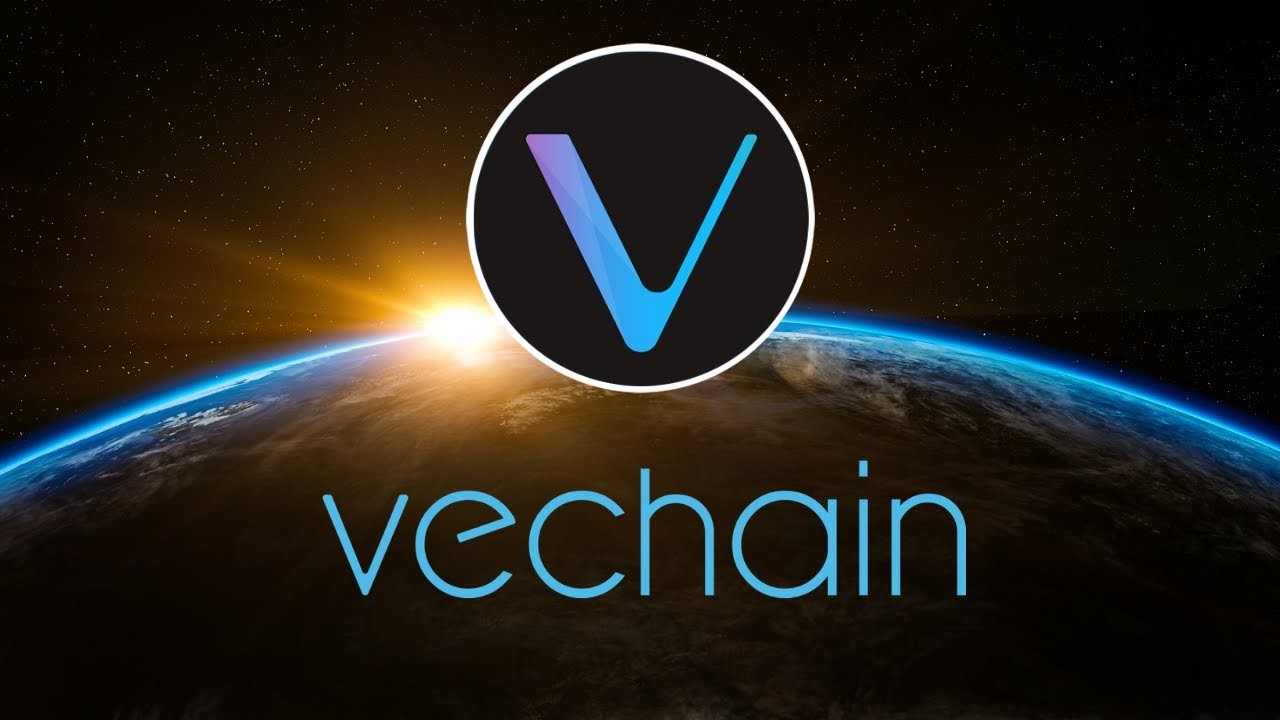
Coinposters
VeChain (VET): Everything You Need to Know

What is Vechain?
VeChain was one of the first blockchains designed specifically for the needs of business clients. The project’s creators want to leverage distributed ledger technology to improve supply chain and product lifecycle management (DLT). Furthermore, the platform provides customers with a number of additional features that make it suitable for companies looking to improve supply chain standards and business operations.
The logistics industry is currently plagued by an asymmetric information problem. While the systems in place acquire a significant quantity of data, it is not shared effectively. Severe compartmentalization, in most cases, forces the whole supply chain to rely on centralized data sources. This lack of cohesion leads to a lack of transparency and data transmission delays.
What is VET?
VET is a cryptocurrency that can be purchased on an exchange. Within the VeChain blockchain, it functions as a value increment. This cryptocurrency may be used to send money over the blockchain and to activate smart contracts. It’s also how consumers pay for transactions on the VeChain blockchain-based Dapps.
There are 55,454,734,800 VET in circulation right now. The VeChain system is set up to issue 86,712,634,466 VET in total. Based on market capitalization, VET is one of the top 30 cryptocurrencies in the world.
History
Sunny Lu, the former chief information officer (CIO) of Louis Vuitton China, established VeChain in 2015. It began as a subsidiary of Bitse, one of China’s major blockchain startups, and is one of the few blockchains with a considerable number of established enterprises as customers.
The VEN coin ran on the Ethereum network at first. In 2018, VeChain renamed itself and moved to its own blockchain. The VEN blockchain was renamed the VeChainThor (VET) blockchain as part of the rebranding.
The VeChain blockchain platform’s goals are laid forth in its white paper. Its primary goal was to disrupt the supply chain sector by making data more accessible and actionable. It also intends to be a pioneer in VeChain-based decentralized applications (dApps) and initial coin offerings (ICOs), as well as an IoT middleman.
In order to achieve this aim, VeChain has formed strategic alliances with a number of firms throughout the years. One of these is a deal with PricewaterhouseCoopers (PwC) to leverage VeChain’s blockchain-powered solutions to improve product verification and traceability for the accountancy firm’s clients.
VeChain has also teamed with Renault, developing a digital automobile maintenance book that cannot be tampered with in collaboration with Microsoft and Viseo, and is the government technology partner for Gui’an, the Central Chinese Government’s economic development zone.
How it Works
VeChain intends to let any organization to create new types of dApps. The VeChain team created a component called the VeChain ToolChain, a software development kit, to make the construction of dapps easier.
Proof of Authority
VeChain Thor employs a consensus technique known as proof of authority (PoA) to manage the process by which transactions between users are confirmed and posted to VeChain’s public ledger.
Authority Masternodes are users that verify and add transactions to the blockchain. To become one, individuals must stake a minimum of 25 million VET and provide identifying information to the VeChain Foundation.
While adopting a PoA method allows high transaction volumes to be processed quickly, it has the drawback of relying on a central authority to inspect and approve users who may participate in transaction processing.
It’s worth noting that VeChain is aiming to strengthen its PoA in order to assure a more randomized and distributed block generation method.
Two Token Design
VeChain’s software is powered by two native tokens: VET, which is used to store and transfer value, and VTHO, which is used for blockchain transactions.
This architecture aims to separate the price volatility of VET currency from the cost of network calculations, allowing VeChain apps to charge predictable fees (since the VTHOR supply can be adjusted to maintain a stable price for transactions).
Miners get VTHO fees for calculations executed by the network, similar to how the Ethereum blockchain utilizes ETH and gas. The more complicated the calculation, the more VTHO a software will need.
Finally, nodes who stake VET currencies can vote on network enhancements and are rewarded with VTHO per block.
Special Features
VeChain is distinct from other blockchains in that it offers a number of unique characteristics. VeChain, for example, shines up when it comes to data and commodities monitoring application cases. Any company that needs a verifiable ownership chain for shipping, production, or other procedures would benefit from it.
Users may utilize the VeChain smart contract capabilities to track and regulate the ownership of commodities, regardless of their quantity.
Aside from that, VeChainThor may be able to support new currencies as well as a variety of smart contracts. The blockchain’s currencies adhere to the VIP180 standard, which was created specifically for VeChain.
As a result, VeChain employs a proof-of-authority technique, as opposed to Ethereum’s and Bitcoin’s proof-of-work systems. The VeChain method would therefore make the network more efficient while consuming less power.
Conclusion
VeChain is a one-of-a-kind blockchain, and while the token cannot be mined, it can be purchased on numerous exchanges, including Binance and Crypto.com. If you’re interested in this token, you’ll need to purchase a secure cryptocurrency wallet to store it in. You’ll always have it safe and ready to use this way.
Latest
Altcoins
09 May 2024
Altcoins
19 Apr 2024
Altcoins
16 Jan 2024
Altcoins
31 Aug 2023
Altcoins
24 Jun 2023
Altcoins
24 Jun 2023













